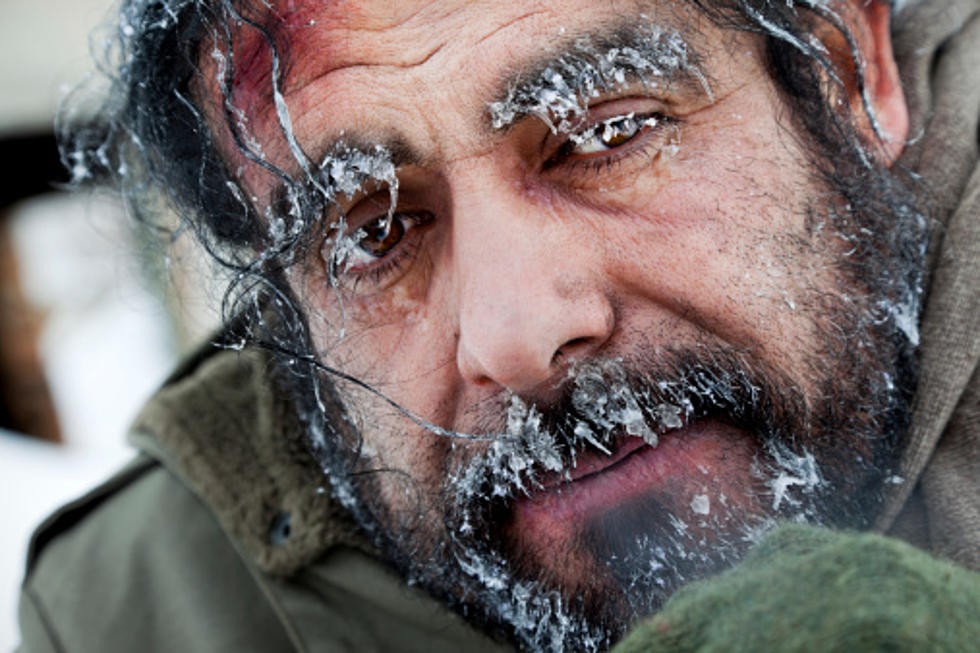Published - Sat, 20 Aug 2022

How to diagnose Frostbite? What are the Causes and Treatment
Causes –
o
Frostbite
happens when skin is exposed to cold temperature or cold water for an extended
time
o
Direct
contact with Ice packs and cold metal may also cause harm if they’re ironed
directly against your skin.
The water in the skin freezes due to
cold exposure which may cause visible and invisible harm to cells and soft
tissues. It usually affects extremities [fingers/ toes/ears], however, it can
also affect the cheeks and chin. The damage can go deep below the skin,
including muscles, nerves, and joints
Diagnosis
There are not any easy tests to inform
how badly you’ve been impacted by frostbite. The physician will inspect the
area, and evaluate the history of cold exposure that including the time, the
person was exposed to extreme temperatures.
o
Depending
on the stages of frostbite and associated symptoms imaging methods [such as
X-RAY] can be used to diagnose the severity.
o
Physical
examination may include inspection of skin color [white/red/black] and presence
of blisters [clear or blood-filled].
o
Clear
blisters indicate temporary damage whereas blood-filled blisters are suggestive
of long-term damage.
o
Black
gangrenous skin needs surgical removal for preventing gangrene.
Treatment
Time is vital when you are exposed to
severe cold and experience symptoms of frostbite such as pain or red fingers.
Immediately move into the warm area and gently heat your skin. If symptoms are
severe [2nd/3rd stage] then seek emergency medical care
immediately to
o
Help
raise your blood temperatures in lukewarm water or by applying heat for half an
hour.
o
Dress
your frozen or wounded skin with sterile bandages
o
Keep
your fingers and toes separated to avoid rubbing.
o
Test
blood flow in the affected area. In the case of 3rd stage frostbite,
blood circulation and hydration can be improved by giving IV fluids.
o
Antibiotics,
pain relievers, tetanus shots, and/or oxygen therapy are given as supportive
therapy
Created by
Comments (0)
Search
Popular categories
Latest blogs

All you need to know about Syphilis
Tue, 15 Nov 2022

What is Pemphigus Vulgaris?
Tue, 15 Nov 2022

Know about Scorpion Stings
Sat, 12 Nov 2022

Write a public review